Birding Trip To Mangalajodi
Oasis - The Ecology Club of IISER Berhampur organized an ornithological expedition to the Mangalajodi Wetland, situated within the Chilika Lake region in the state of Odisha. Mangalajodi Wetland is a critical avian habitat, known for its rich biodiversity and its role as a major stopover site along the East Asia-Australasia Flyway or migratory bird species. The wetland supports a wide range of waterfowl, shorebirds, and migratory species, some of which are listed as endangered or critically endangered. This site. with its complex aquatic and terrestrial ccosystems, is of paramount importance for both local biodiversity conservation and global migratory bird protection.
This field visit allowed participants to observe and document bird species while gaining practical experience in ecological monitoring and conservation awareness. The trip fostered an appreciation for wetland ecosystems and emphasized the importance of preserving habitats that support both resident and migratory bird populations.
conducted at IISER Berhampur on 9th of February, 2025
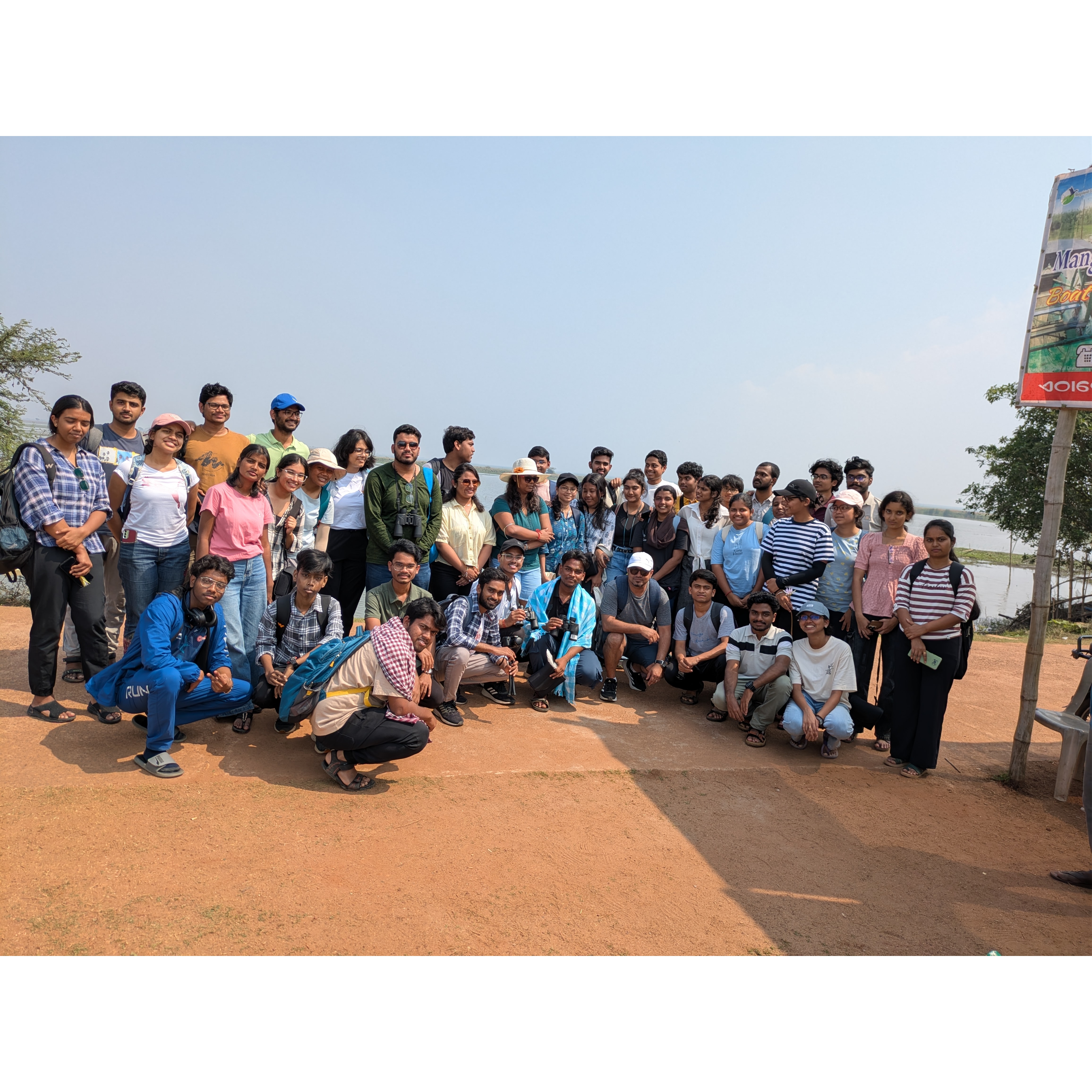
Avian Expeditions in the Wetlands of Mangalajodi
OASIS – The Ecology Club of IISER Berhampur – organized an ornithological field trip to the Mangalajodi Wetland, a biologically rich and ecologically significant site located within the northern reaches of Chilika Lake, Odisha. Renowned for its dense congregation of migratory birds, Mangalajodi is a critical component of the East Asia–Australasia Flyway, one of the world’s major migratory routes. The event provided participants with direct exposure to one of India's most vibrant wetland habitats, laying emphasis on its role in avian ecology and global conservation frameworks.
Ecological Importance and Biodiversity Richness
The Mangalajodi Wetland hosts thousands of waterfowl, waders, and shorebirds, including vulnerable and endangered species such as the Black-tailed Godwit (Limosa limosa), the Asian Openbill (Anastomus oscitans), and various stints and plovers. Functioning as a critical staging ground, it offers food, shelter, and nesting areas during both the wintering and migratory seasons. Its complex mosaic of aquatic vegetation, mudflats, and reed beds makes it an exemplary site for ecological studies in wetland dynamics, trophic interactions, and migratory bird behavior. The wetland also plays a pivotal role in nutrient cycling and local climate regulation, further emphasizing the need for its preservation.
Field-Based Learning and Conservation Awareness
The birding trip was a deeply immersive educational experience, enabling students to apply theoretical knowledge in real-world ecological settings. Participants engaged in species identification, behavioral observation, and basic field documentation techniques. The interactions with local guides and conservation practitioners provided additional context to the challenges of managing human–wildlife interactions in community-owned wetlands. For many, it was their first close encounter with large flocks of migratory birds—a moment that underscored the scale and wonder of avian journeys across continents.
Beyond observational learning, the trip fostered a strong sense of responsibility toward wetland conservation. Students witnessed firsthand the fragile interdependence of species and habitat, inspiring discussions on conservation strategies, the importance of protected areas, and the role of citizen science. By bridging ecological theory with practical experience, the Mangalajodi expedition reaffirmed the mission of OASIS—to cultivate environmental stewardship and scientific inquiry within the academic community.
Moments -
Visuals from the event
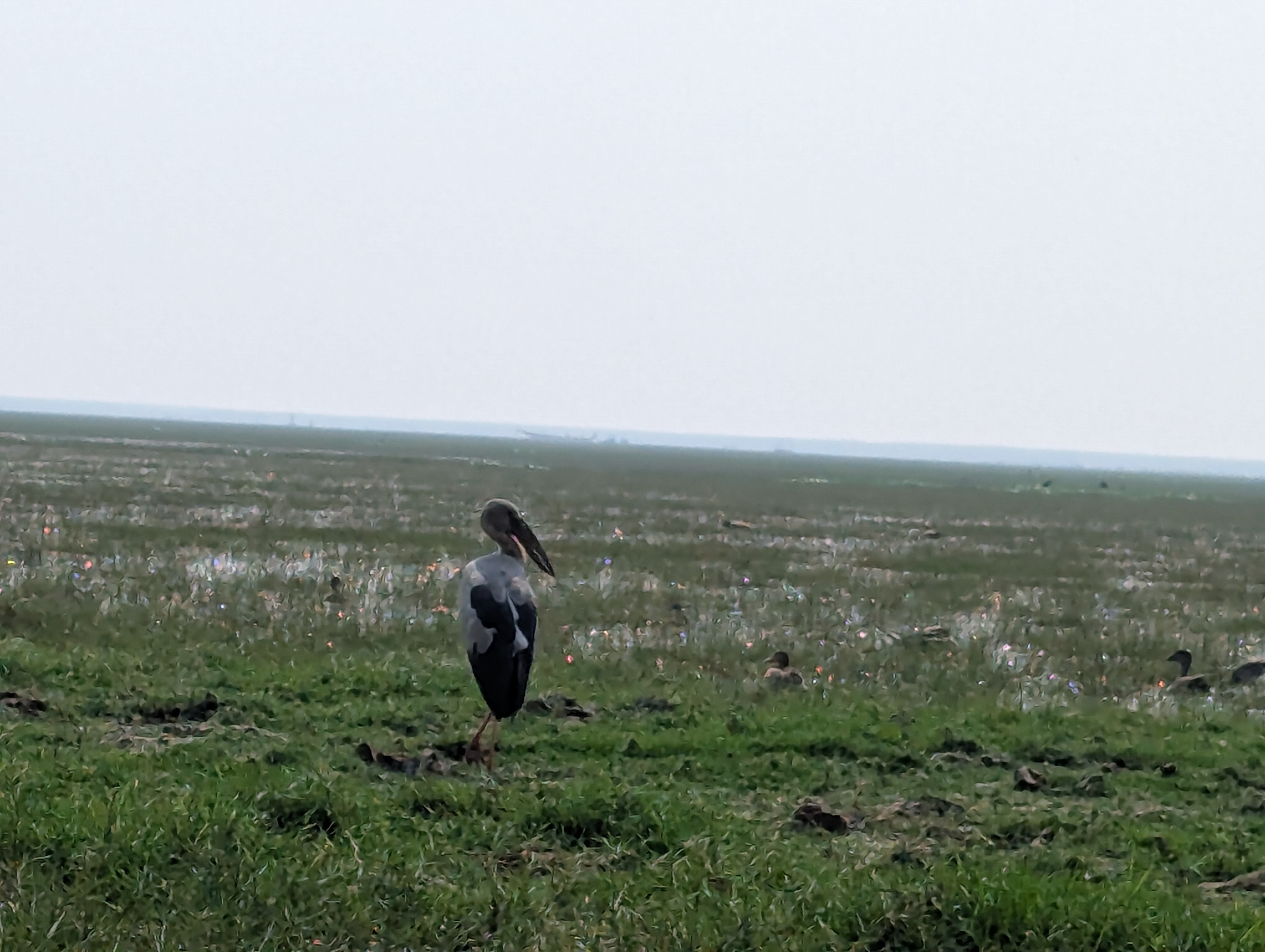
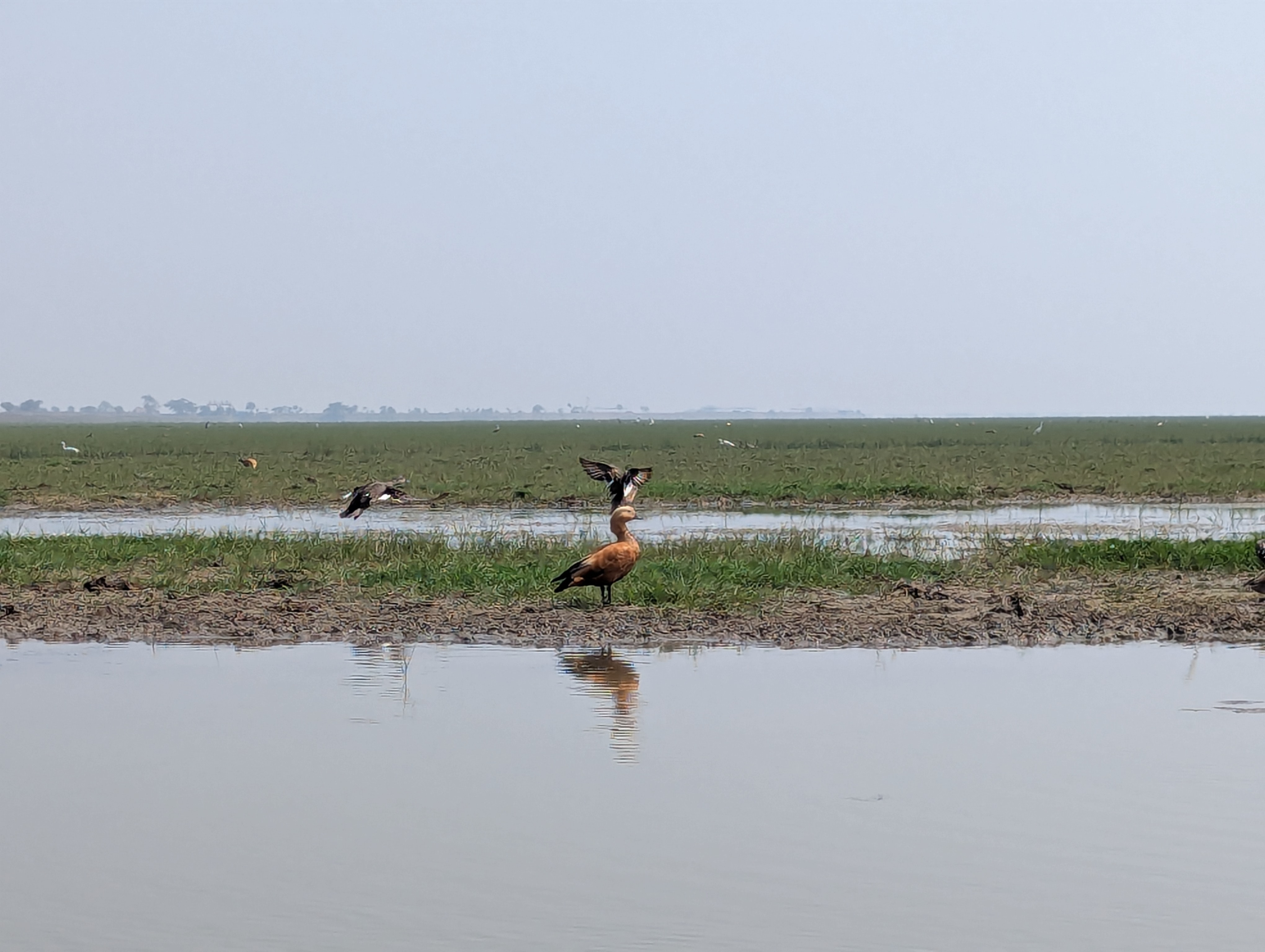
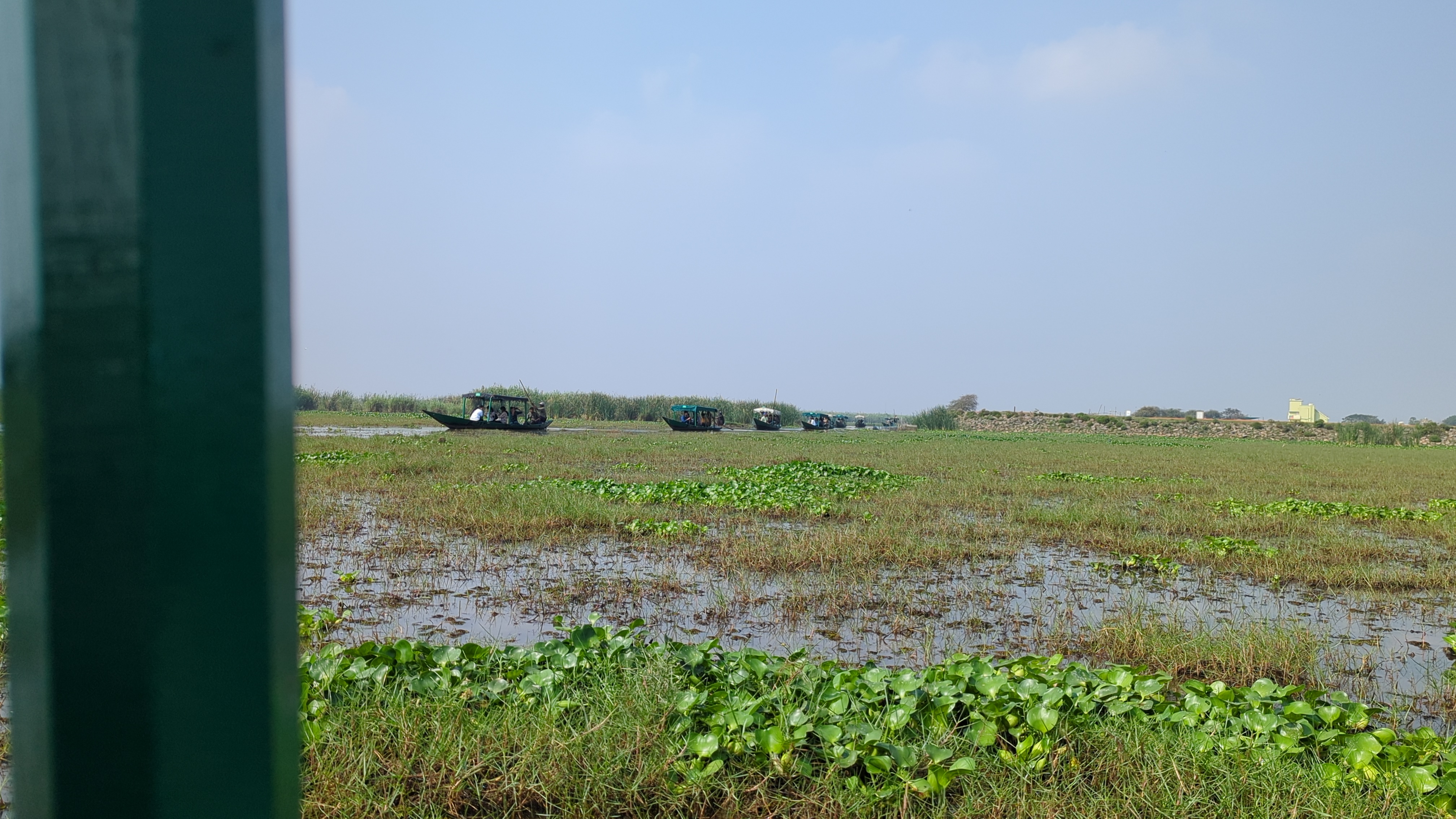
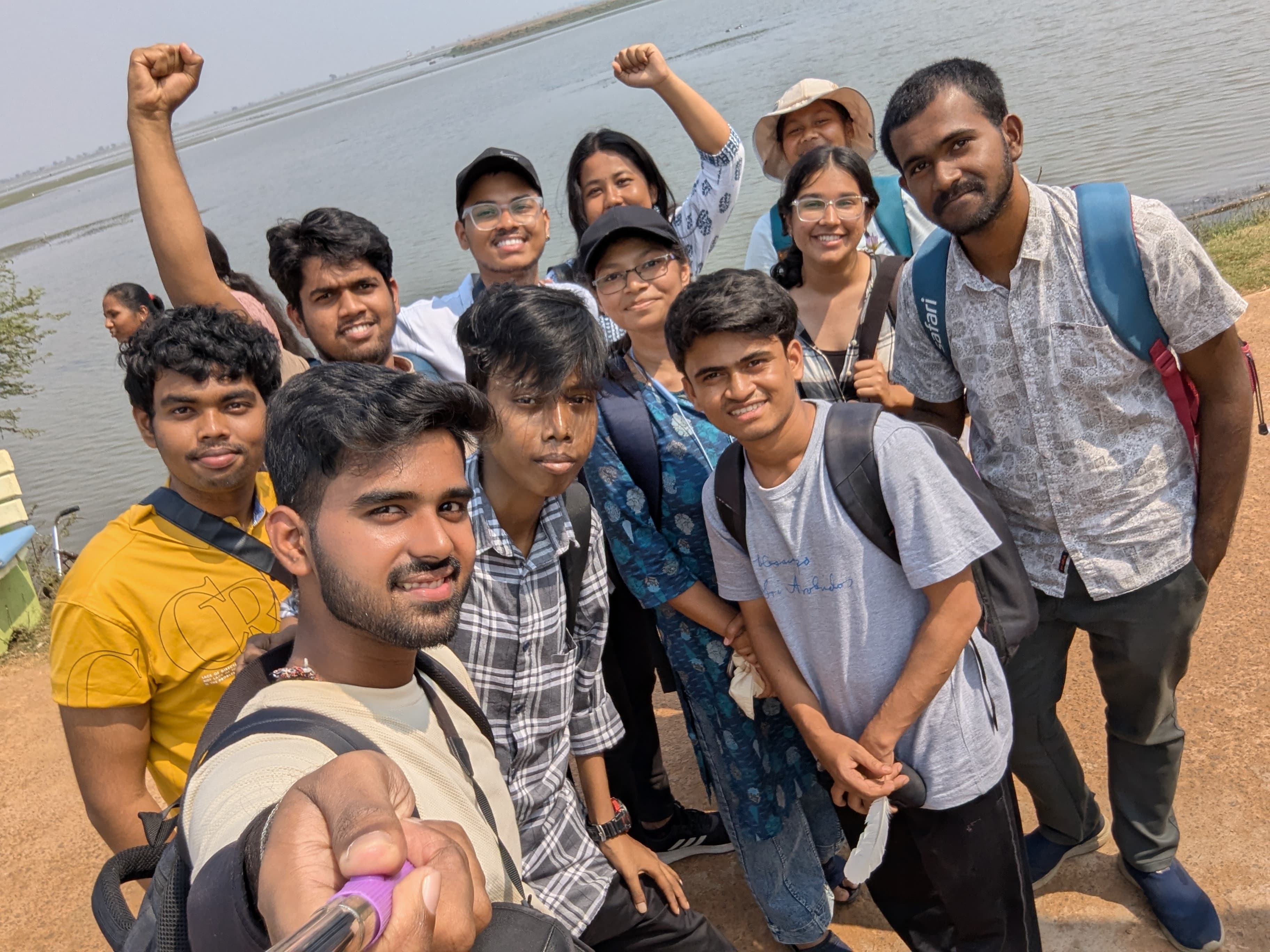
Coordinated by - subrat
Present members were - subrat, anshuman, bishnupriya, biswa , biswajeet , brety, Gunika, namrata, shibashish, swastik
Event Written by - swastik